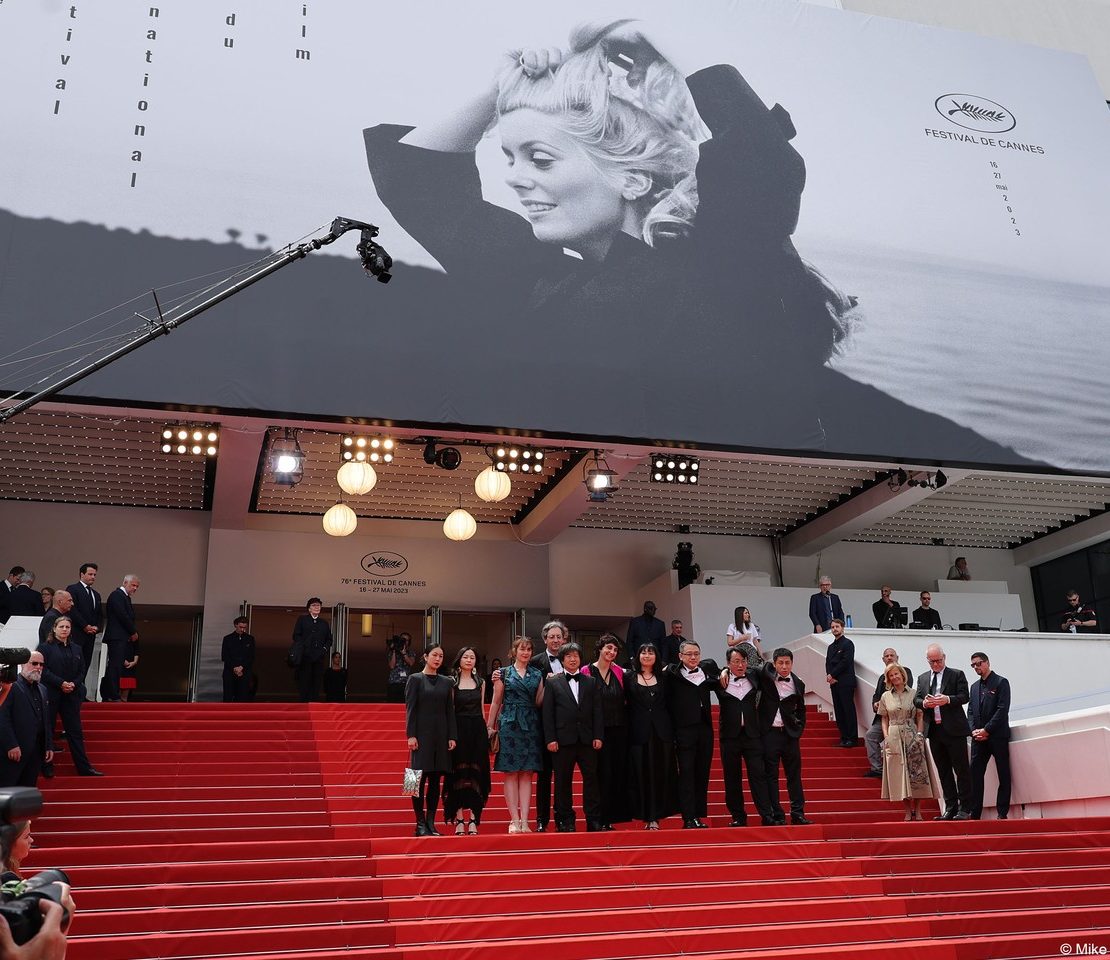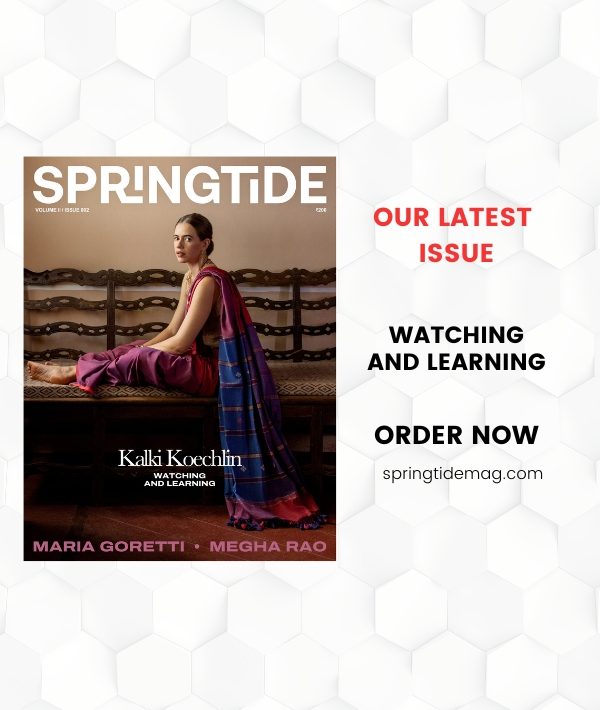The 76th annual Cannes film festival kicked off this Tuesday in France – showcasing a dazzling array of films over the span of 2 weeks.
The iconic film festival is one of the most prestigious in the world, and having your film screened there is a big deal. Every year, the event hosts screenings for filmmakers, actors, critics, and industry insiders. Top honours at the festival, the Palme d’Or, are given out by a special jury of internationally recognized filmmakers and critics. Cannes is a place to come and experience the entirety of the film world: film school students, an art house cinema, veteran filmmakers, and industry powerhouses.
Despite its immense popularity, the event is still industry exclusive – and the general public is still quite unfamiliar with the festival. One of the few ways for the masses to enjoy the festival is the red carpet, which brings together some of cinema’s biggest icons. Several Indian celebrities also made their debuts at the global event this year including Anushka Sharma and Mrunal Thakur. Aishwarya Rai is a veteran at Cannes, having made her Cannes debut in 2002. Approximately a year after, she found herself serving on the jury, marking her the first Indian actress to do so. Rai has been serving some of her best red-carpet looks at the festival in the last 21 years.
But beyond its red carpet and controversies, how does the weeks-long film festival actually function?
Originally called the International Film Festival, Cannes actually has a history that dates back to World War II. French diplomat Philippe Erlanger conceived it as a rebuke to the meddling of Adolf Hitler and Benito Mussolini. At the Venice Film Festival in 1938, the Axis leaders forced a change in the official results, declaring propaganda films as the winner.
Suitably outraged, Erlanger put into motion a plan for a festival free of political power, along with Jean Zay, the French Minister of National Education and film journalist Robert Favre Le Bret. The festival was going to debut in September of 1939 but they had to cancel it after Germany’s invasion of Poland on Sept. 1 began World War II. The event wouldn’t come back until 1946 after the defeat of Axis powers, when Erlanger again pushed for the event at Cannes. Despite the devastations of the war, public subscriptions raised money for the effort.
Since then, the festival has powered through many obstacles to become a respected platform to showcase films. At one point in its history, major Hollywood production houses were hesitant to send their films to Cannes because they knew if a film flopped there, it would fail everywhere.
Le Bret ran the festival for 21 years after which he became president of the Cannes Commission while Maurice Bessy signed on as festival director. Le Bret and Bessy then curated the fest as we know it now, with committees to screen films.
Every year, Cannes assembles a selection committee to review all submissions. From the nearly 2,000 films submitted every year, the committee picks about 50 feature films and 10 short films to be part of the official selection. There are different categories of screening, which include the main juried competition, the Cinefondation selections, films competing in the Un Certain Regard category, and films shown out of competition.
There are certain guidelines for submitting films, but filmmakers must fill out an online entry form, and either upload (for shorts) or send (for features) a copy of the film. The festival also screens classic films out of competition that celebrates the history of cinema. For a film to be eligible, its production must take place within 12 months of the event, and there should be no public excerpts from the film on DVD, the internet, or any other international motion picture event. Jury members for the 2023 festival include Swedish director Ruben Ostlund (the jury president), Zambian director Rungano Nyoni and American actor Brie Larson.
What many don’t know, is that the festival doesn’t just screen films but also gives out awards. Members of the jury of Cannes’ Official Selection pick a single movie in competition to receive the reputable Palme d’Or. Just hours ago, Harrison Ford won the coveted award at this year’s festival. Originally, the highest honour of the festival was called the Grand Prix, which is now considered second place – while the long-running Jury Prize remains prestigious as well. The awards remain controversial, however. In 2013, “Blue Is the Warmest Color” won the Palme d’Or and generated controversy over its explicit depictions of lesbian sex by a male director.
While it is an extremely big deal to win an award at Cannes, the screenings themselves are a major aspect of the festival – a place to see new films, new artists and new artistic approaches by the film world. The Marche du Film at Cannes is the biggest international film market, and whether or not a movie wins the Palme d’Or, it has the chance of attracting the attention of critics and producers who can launch careers in the movie industry. Especially for an “indie” film, an invitation to Cannes can be a huge boost, and a win usually means serious dollars from producers who want to get in on the next big thing.





Warning: Use of undefined constant ‘url’ - assumed '‘url’' (this will throw an Error in a future version of PHP) in /var/www/html/wp-content/themes/theissue/functions.php on line 143